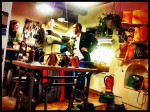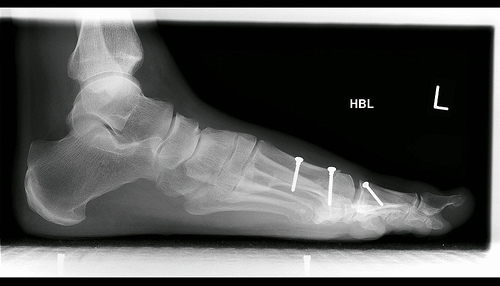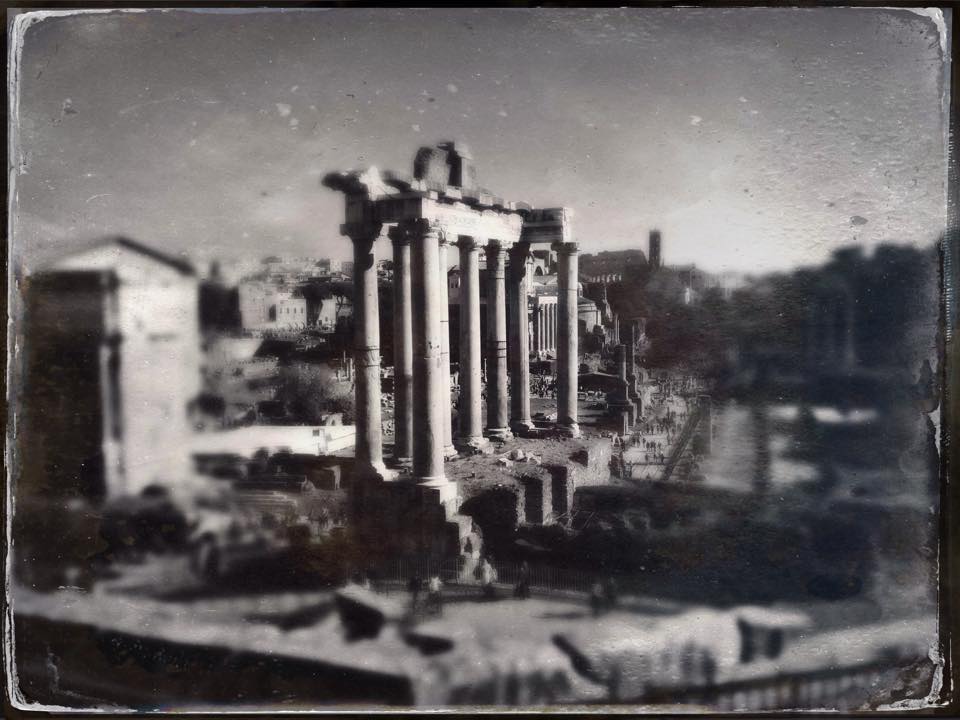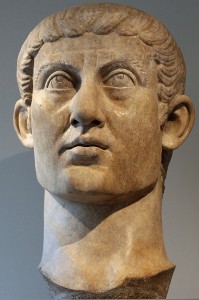We’re in Assisi, home of St. Francis. Today Courtney and I hiked up the mountain outside of town to Francis’s hermitage. Built into the side of the mountain, it’s an amazing complex of cells and chapels and doorways I could barely squeeze through. I’m guessing that Francis was a small man — most Umbrians are.
Like Mother Teresa, Francis was recognized as a very special and holy person during his own lifetime. Only two years after his death, he was canonized, and the basilica in his honor was started in Assisi. That basilica, which we also visited today, is breathtaking, with frescoes by Giotto, Cimabue, and others. In the crypt below the lower basilica, Francis is buried in a simple stone sarcophagus. Fronted by a small chapel, about a dozen pilgrims sat today in the presence of the saints tomb. Several openly wept.
There’s more myth than fact about Francis’s life. Some scholars think that he didn’t actually write the “Canticle to the Sun,” and all agree that he didn’t compose the “Prayer of St. Francis.” Nevertheless, the life — and myth — of St. Francis still moves people to tears. Nikos Kazantzankis addresses this wonderfully in the prologue to his historical novel, Saint Francis:
If I have omitted many of Francis’ sayings and deeds and if I have altered others, and added still others which did not take place but which might have taken place, I have done so not out of ignorance or impudence or irreverence, but from a need to match the Saint’s life with his myth, bringing that life as fully in accord with its essence as possible.
Art has this right, and not only the right but the duty to subject everything to the essence. It feeds upon the story, then assimilates it slowly, cunningly, and turns it into a legend.
While writing this legend which is truer than truth itself, I was overwhelmed by love, reverence, and admiration for Francis, the hero and great martyr. Often large teardrops smeared the manuscript; often a hand hovered before me in the air, a hand with an eternally renewed wound: someone seemed to have driven a nail through it, seemed to be driving a nail through it for all eternity.
Everywhere about me, as I wrote, I sensed the Saint’s invisible presence; because for me Saint Francis is the model of the dutiful man, the man who by means of ceaseless, supremely cruel struggle succeeds in fulfilling our highest obligation, something higher even than morality or truth or beauty: the obligation to transubstantiate the matter which God entrusted to us, and turn it into spirit.
That is possibly the most beautiful explanation of the difference between art and science, beauty and empiricism, that I’ve ever read. Could Saint Francis speak to the birds — and the foxes? I don’t know, and I don’t really care. Because in his essence, of course, he could. He can.












